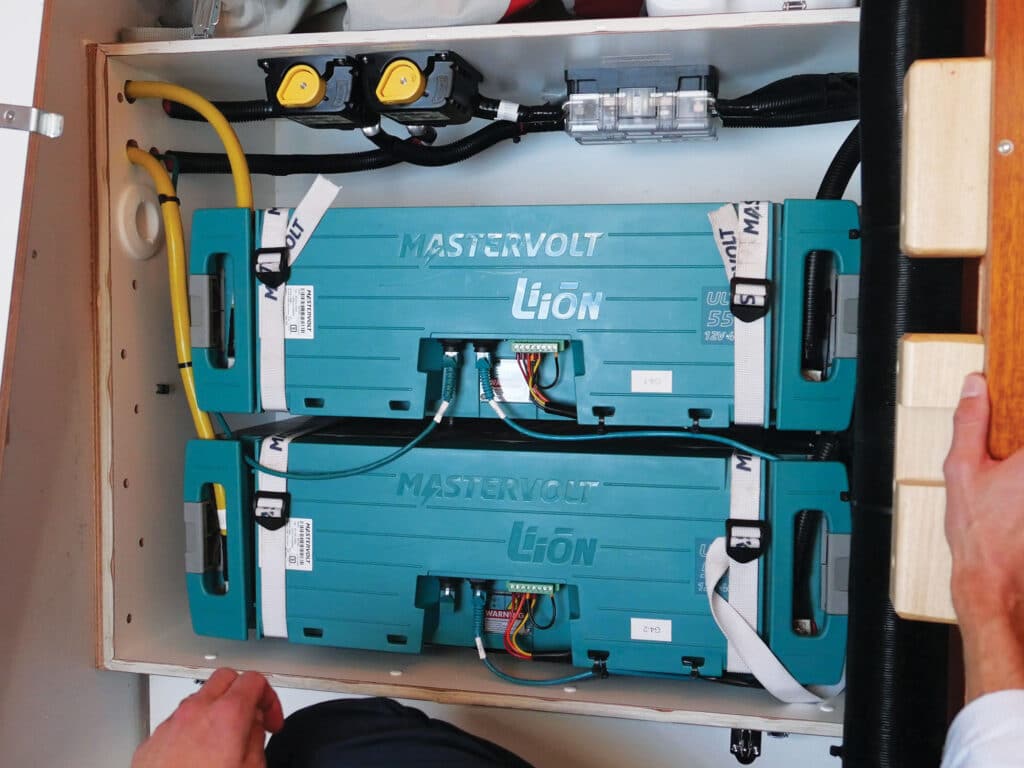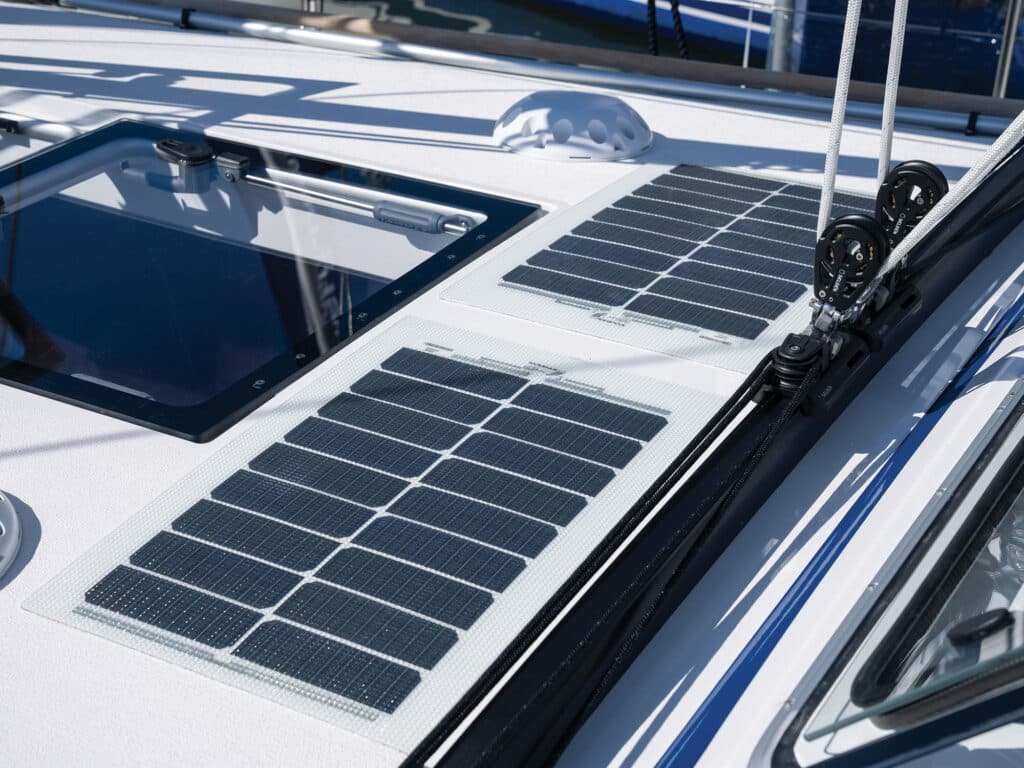
Thanks to modern advances in boatbuilding, onboard systems and technology, the sport of cruising is poised for some exciting times ahead.
Read More: Changing the Game | Generators Not Included
Cruising World’s 2023 Import Boat of the Year, the Hallberg-Rassy 400, is a perfect example of what I think will be a trend for powerboats and sailboats as we look ahead: fully equipped cruising boats without an onboard AC generator to run traditionally high-current-demand electrical equipment.
The forces driving this trend are both economic and technical. On the economic side, one of the biggest problems that boatbuilders have been facing since the start of the pandemic in 2020 is supply-chain backups. Truth be told, acquiring generators became nearly impossible. Learning how to build boats without them became as much a necessity as a desire.
On the technical side, meanwhile, several developments gave these boatbuilders options that quite simply haven’t existed in the past. There not only was a problem, but there also were potential solutions—and builders began to embrace them in ways that we’re now seeing coming to market with smart benefits for sailors.
Most important, from a technical standpoint, is that lithium-battery technology is now coming of age. With leading companies such as Brunswick Corp. (parent of Bayliner, Boston Whaler, Sea Ray and other boatbuilders) and its newly formed Navico Group introducing Fathom e-Power late last year, targeting a no-generator approach for powerboats, we can expect this trend to take off on new sailboats. We also now have an American Boat and Yacht Council standard in place (ABYC E-13) to address the details of proper lithium-ion battery installation, so I’m quite comfortable with this technology being on board, as long as the standard is followed.
The Hallberg-Rassy 400 followed the standard and utilized a pair of Mastervolt lithium-ion batteries as the heart of its system. The ability to deeply discharge these batteries without harm, and their ability to be recharged very quickly, are several of the keys to this no-generator concept.

Also key from a technical standpoint is the evolution of onboard electrical systems. We now have LED lighting and modern refrigeration systems that use a fraction of the electrical power that older equipment consumed. The Hallberg-Rassy 400 had a refrigerator and freezer that ran on battery power when offshore. At the dock, the Mastervolt inverter charger took over to recharge the batteries that supply the power.
This particular Hallberg-Rassy 400 is based in the Chesapeake Bay area, so it also needed air conditioning to handle sweltering summer getaways. It had not one but two units. One was rated at 6,000 Btu, and the other at 12,000 Btu. These ran on 120-volt AC power. With two units available, the owner could use the smaller one to cool the sleeping quarters at night, and the larger one for the saloon during the day. This approach saves energy, so the Mastervolt inverter at 3,000 watts could handle the power needs, again with the two 400-amp-hour lithium batteries.
Additional equipment besides the usual selection of navigation and communication devices are a bow and stern thruster, as well as electric winches. This gear is powered by an AGM battery series that’s connected to provide 24-volt service. Most lithium batteries cannot deliver the instant high amperage needed to drive electric motors; the batteries are engineered to deliver steady current over time, as opposed to a sudden high demand required by engine cranking motors, electric winches, and thruster motors. On this boat, the bow and stern thrusters were 24-volt DC, and the engine-cranking motor was 12-volt. All were AGM-type batteries. To deal with this combined voltage system, the boat was equipped with an increasingly popular device known simply as a power converter, which is essentially a step-up (or a step-down, in some cases) transformer. I’m seeing this approach more and more on new boats as 24-volt equipment—and, in some cases, 48-volt equipment—becomes more available.
The Hallberg-Rassy also had a small solar-panel array to add regenerative power back to the lithium batteries. These solar panels were led through a maximum power point tracking voltage regulation system, which offers about a 30 percent better charge utilization compared with a pulse width modulation option, which is beginning to fall into the obsolete category among solar charging systems.
Finally, this boat was equipped with a 60 hp Volvo Penta saildrive that had two 130-amp-rated alternators. With 260 amps of recharge power available here, the owner of the Hallberg says, it takes approximately 90 minutes to two hours of engine run time at 1,500 rpm to get from a 25 percent state of charge to an 80 percent state of charge.
So, while the Hallberg-Rassy 400 did not totally eliminate fossil-fuel consumption, it did eliminate at least one diesel-fuel consumer, and reduced routine engine maintenance down to one engine instead of two. Additionally, the lack of a generator allowed for improved service access to other systems. Generators, after all, take up a lot of space on a fully equipped monohull sailboat.
We’re at an interesting point in history when it comes to the ways that cruising sailboats get equipped. Innovation is driving changes that are only going to get better and more prevalent.








